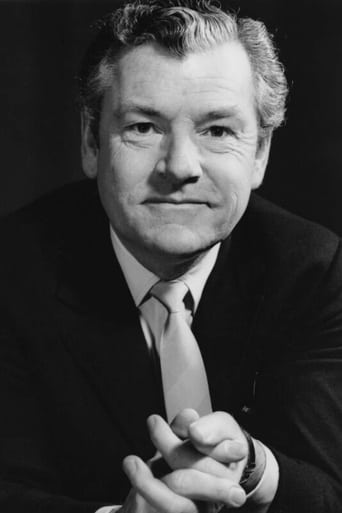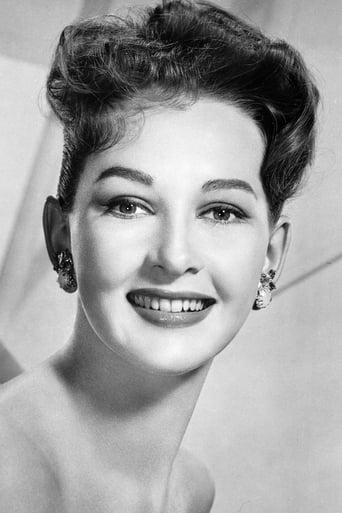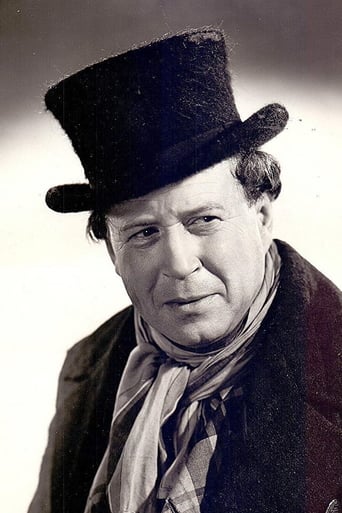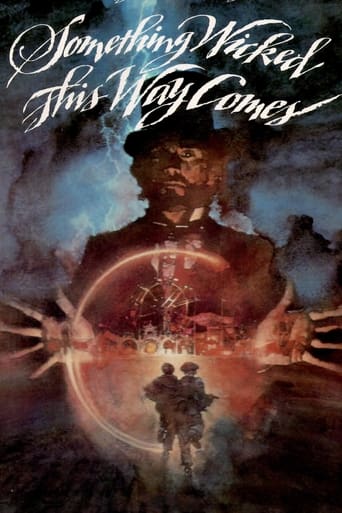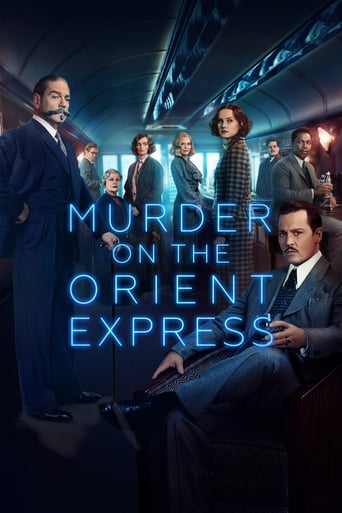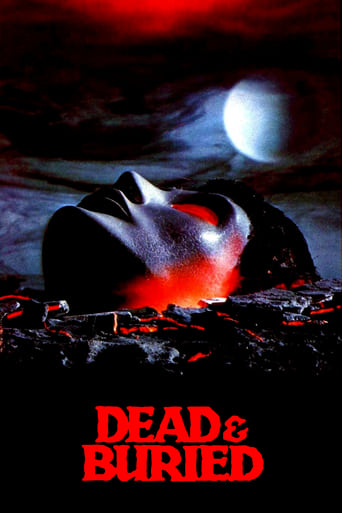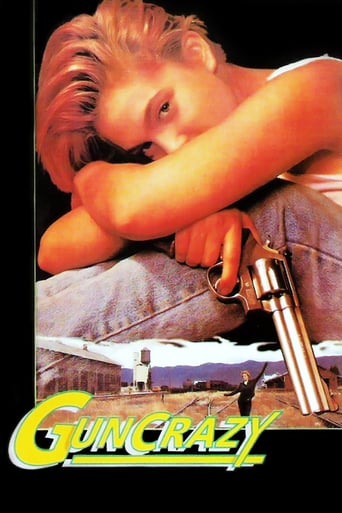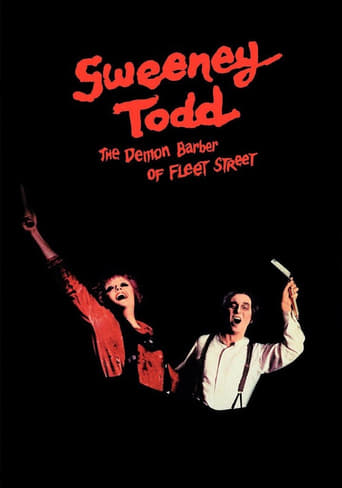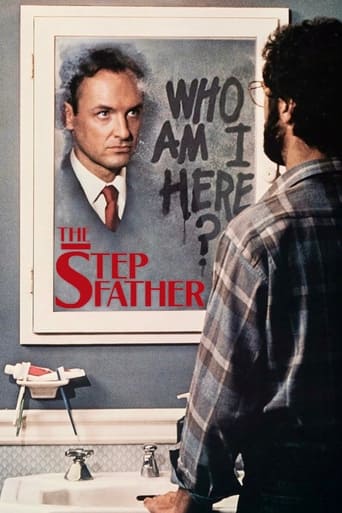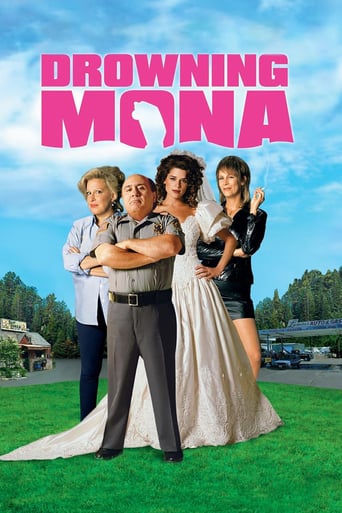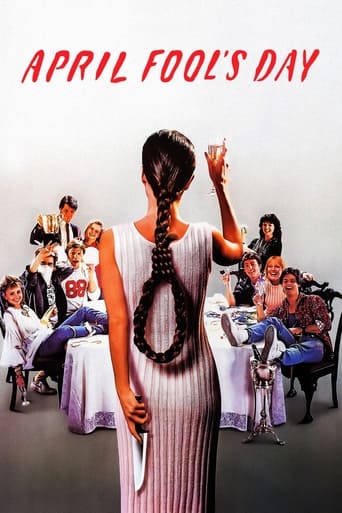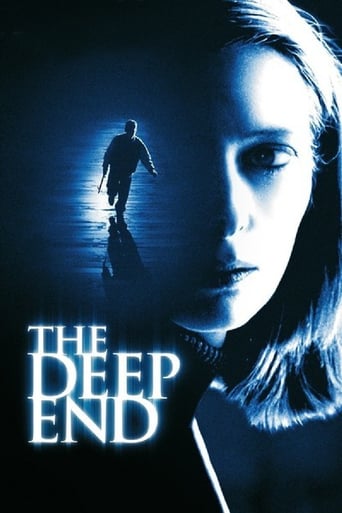
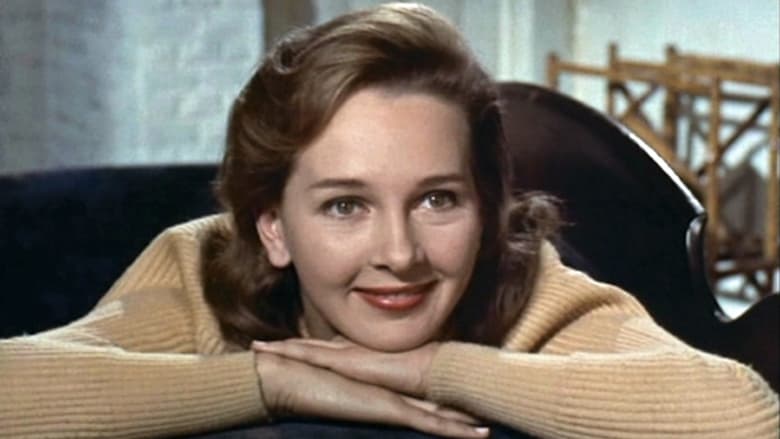
The 39 Steps (1960)
In London, a diplomat accidentally becomes involved in the death of a British agent who's after a spy ring that covets British military secrets.
Watch Trailer
Cast


Similar titles
Reviews
This is a good film, bringing up to date the previous Robert Donat version. Kenneth More, who seemed to appear in every British film I watched in the 1950s, is excellent as Richard Hannay. What I like about this film is the interlacing of humour as well as the sinister threatening of the enemy. The fact that we are never really told who the "enemy" is adds to the tension and the mystery, but the real strength lies in the humour - the impersonation of the whistling milk man, the handcuffing together of Hannay and Fisher, and the way that the landlady identifies with the "runaway couple" reminding "McDougal" of their own courting days. The climax in the theatre is a little unbelievable with the audience watching dancing girls minutes after the Memory Man has been shot, for example, and we are not told how Hannay and Fisher managed to get from Perthshire to London with every policeman in Great Britain after them! The authentic Scottish scenery, especially Waverley Station and the Forth Bridge, adds to the film. I first saw this film in about 1960; I have seen it about a dozen times since, and I keep enjoying it!
Remakes can be hard to judge, especially if the remake in question is of something regarded as a classic. The 1959 version of The 39 Steps is one such example. It is a remake of the 1935 film that was directed by Alfred Hitchcock and well as being the second of four film versions of the 1915 John Buchan novel. Even without trying to compare it to the Hitchcock film, how well of a film is it? The casting is rather good for the most part. Kenneth More, the quintessential British leading man of the 1950s, takes on the role of Richard Hannay. This Hannay is a very different character from the Hitchcock film in that he's know a British diplomat and quite a bit older. In that case More is perfect casting. More plays the role perfectly as he balances both the thriller and the humor aspects of the character which suits the film well. More's performance is the heart and soul of the film and the film works in large part because of him.The rest of the cast does well. They range from Faith Brook as the woman who sets things in motion, Barry Jones as the mysterious Professor Logan, Brenda De Banzie as Nellie Lumsden and the various actors playing the various Scottish eccentrics that Hannay bumps into on his journey through Scotland. That said the cast isn't perfect.If there's a big miscasting in the film it is Taina Elg as the film's leading lady Fisher. Elg's performance is rather dull to say the least as she shares no chemistry with More whatsoever. Elg also lacks believability thanks to her very shaky accent that puts her far outside the British isles. As a result, Elg is a less then successful replacement for Madeleine Carroll from the Hitchcock film.The production values of the film are good as well. By the time of this version, film-making had changed to allow filming outside the walls of a studio set which means this film doesn't have the staged feeling apparent in the Hitchcock version. There are some beautiful shots of the Scottish countryside throughout the film. The production design of the film is splendid as well though one wonders if Hannay, having just returned from a long time posting overseas, would have a flat as furnished as the one seen in the film. There's also some special effects as well including better then average back projection that makes the train/bridge sequence all the more effective. Sadly the film's score by composer Clifton Parker undermines the film more then helps by over-emphasizing the humor of the film. Overall though the production values serve the film well.Which in a way brings us to the Frank Harvey script and the direction of Ralph Thomas. The film is less an adaptation of the original novel so much as an updated remake of the 1935 Hitchcock film. If you've seen the Hitchcock film you'll recognize much of the dialogue and incidents that occur through the film. This version in many respects is simply an updating of the story to the Cold War era while staying largely faithful to the film made nearly 25 years before. Where it differs from the original heavily is the emphasis of Thomas on inserting humor into the film. Sometimes the humor works (such as the start of the film in Regent's Park) but for the most part it undermines the tension (such as during the speech that Hannay has to give due to a case for mistaken identity which, despite More's best efforts, fails). As a result the film is a mixed bag as it tries to juggle tension and humor and often not succeeding.How does this second version of The 39 Steps hold up? It depends how you look at it. If you've seen the original Hitchcock film then there will likely be some disappointments due to a bit of miscasting and an over emphasis on humor. Overall though, the film has its own merits including Kenneth More's fine performance as Hannay and some good production values. The 1959 version of The 39 Steps then is a good film in its own right but not as good as the Hitchcock film that proceeded it.
The Christopher Reeve version of Rear Window was alright, and the Gus Van Sant remake of Psycho was rubbish, so I dubious about seeing another remake of a popular Hitchcock film, but I gave it a chance anyway. Basically it follows the same plot as the original, Richard Hannay (Kenneth More) meets a spy who tells him something she shouldn't of, and is murdered soon after, putting Richard in the frame and on the frame. He follows her instructions and something about a guy with little finger missing all the way to Scotland to find out more about something called The Thirty-Nine Steps. As Richard does all this, both the police and the real murderers are trying to catch him, and a woman called Nellie Lumsden (Brenda De Banzie) ends up coming along too. It still has the same ending also, with Mr. Memory (James Hayter) being the one with all the answers, but with an extra little bit afterwards where Richard and Nellie are together like a couple. Also starring Taina Elg as Fisher, Barry Jones as Professor Logan, Reginald Beckwith as Lumsden, Faith Brook as Nannie, Michael Goodliffe as Brown, Duncan Lamont as Kennedy, Jameson Clark as McDougal, Andrew Cruickshank as Sheriff, Leslie Dwyer as Milkman, Betty Henderson as Mrs. McDougal, Joan Hickson as Miss Dobson and Sid James as Perce. I will admit I did get a little caught in the film with its new extra material, like one or two chase and chatty sequences, but I can see why the critics would give this less interesting version two stars. Okay!
It's quite possible to enjoy this 39 Steps, but it helps to see it fresh, without any recent memory of the 1935 Hitchcock version. That one is a classic of suspense, charm, testy romance, and surprises, abetted by two fine performances from Robert Donat and Madeleine Carroll. This 1959 Kenneth More vehicle maintains more-or-less the same plot line and contains some very good piece parts. While it doesn't add up to being in the same league with its elder sibling, it's good enough for a pleasant hour-and-a-half entertainment. When a nanny Richard Hannay (More) had met accidentally earlier in the day is murdered in his rooms after telling him there is an international plot involving ballistic missiles, he realizes he will be blamed by the police. So, after looking through the dead woman's purse and discovering a map where Glenkirk in Scotland is circled, off he goes to see if he can discover the man behind the plot...a man with part of a finger missing. What Hannay encounters along the way is a suspicious school teacher, Miss Fisher (Taina Elg), who turns him in on the train going to Scotland; a fortune teller; an all too knowledgeable professor; two killers; a clever escape while handcuffed to Fisher and, finally, the secret only Mr. Memory, a music hall performer, can unlock. The movie has several good elements, especially the charm and confidence of Kenneth More as Hannay; some wonderful Scottish scenery (the movie is in color); great train rides and one exciting train escape; a ripely eccentric performance by Brenda de Banzie as a fortune-telling realist who helps Hannay; a menacingly friendly appearance by Barry Jones; a funny performance by Joan Hickson as a twittering school teacher that reminded me of a middle- aged Miss Marple on amphetamines; and an all too brief performance by Faith Brook as the nanny. For nostalgia buffs, the movie opens with the great J. Arthur Rank gong doing its reverberating thing. Sadly, there is little chemistry between More and Elg. She most often only looks irritated. The spirit of the movie aims for light-hearted charm mixed with thrills, something More was very good at. To make the movie work, however, director Ralph Thomas and his editor needed to bring more energy to many of the thrills. Often the music score is used to set the tone, which is not always matched by the pace of the movie. To give Thomas credit, he was capable of delivering some menacing thrills as well as some fine, broad comedy. If you can track them down, The Clouded Yellow (1951), for romantic thrills and menace, and Doctor in the House (1954) and Doctor at Sea (1955), for comedy, are well worth viewing. If you like Kenneth More and don't mind a relatively undemanding but pleasant adventure, you might enjoy this movie. I did. If you are one of those movie goers who fixate on how awful remakes of classics are, and indignantly make comparisons, this one will probably give you conniptions.


